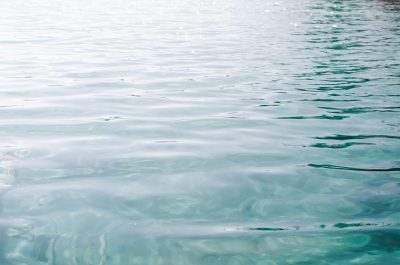Massage Modality Highlight:

Lymphatic massage
Lymphatic drainage (or you may have seen it referred to manual lymphatic drainage or its acronym mld) is a specialization of massage that focuses on stimulating the optimal function of the lymphatic system. The lymphatic system is an open loop system that works alongside the circulatory system to deliver lymph fluid from the body’s tissues to the heart. Lymph fluid is an important part of the immune system because it contains white blood cells, which fight infection. This Lymph fluid accumulates in areas where many lymph nodes are found ( the neck, armpit, abdomen and groin areas) So this explains why our neck feels sore when we are sick because the lymph nodes are filled with white blood cells to fight infection. This is also why women check their armpits areas during breast cancer screening for inflamed lymph nodes.
There are a few different types of lymphatic massage treatments. My general schooling in lymphatic drainage allows me to treat localized swelling, water retention/edema and to stimulate immune function. There are also highly trained lymph therapists that work in hospital settings to treat patients with extreme swelling by bandaging (google elephantiasis if you aren’t squeamish and want to see some extreme cases) or with cancer patients who have had lymph nodes removed, as is common for breast cancer, to help re-route the lymph flow. I do not treat these extreme conditions, but I can refer you to other massage therapists who have the proper training to do so.
What To Expect During Treatment
A lymphatic massage is quite different from a standard therapeutic massage, so knowing what to expect will help with your massage expectations.
The specific sequence begins with the client taking many deep abdominal breaths and this deep breathing will be continued throughout the treatment to help the lymph move and flow. Then the therapist will shake/rock the client to warm up the tissues and promote lymph flow. The treatment continues with the therapist pressing on areas where large patches of lymph nodes are found (the neck, armpit, abdomen and groin areas) to stimulate their function. Then squeezing of the muscle tissue is done in a direction towards the areas with the most lymph nodes and then very gentle rhythmic pressure is done in the same direction. The amount of pressure for this lymph effleurage stroke is very light the amount of a nickel on the skin and feels like just the hairs on the body are being moved. A different experience for sure.
After treatment, the therapist will give the client homework to help keep the lymph flow circulation high. Abdominal breathing, a bath, and laughter are three things that are commonly suggested.
Since the lymph system is integral to water regulation of the body, it is important to note that water will pass quickly through the body after a lymphatic drainage treatment.
It is also worth mentioning that a regular massage and movement in general also increases lymph flow, just not to the point of a specific lymphatic drainage treatment.
I hope that this information helps you make an informed decision about seeking a lymphatic massage treatment.
